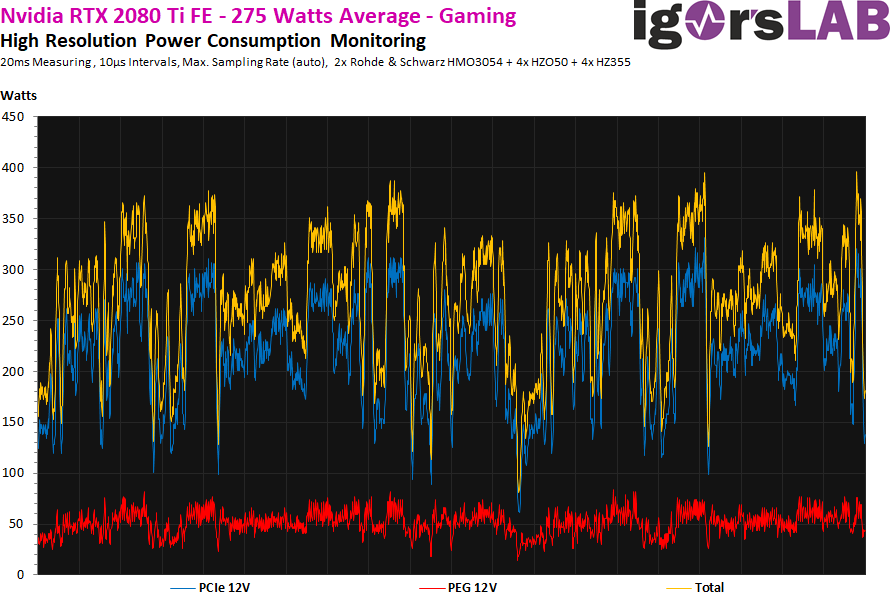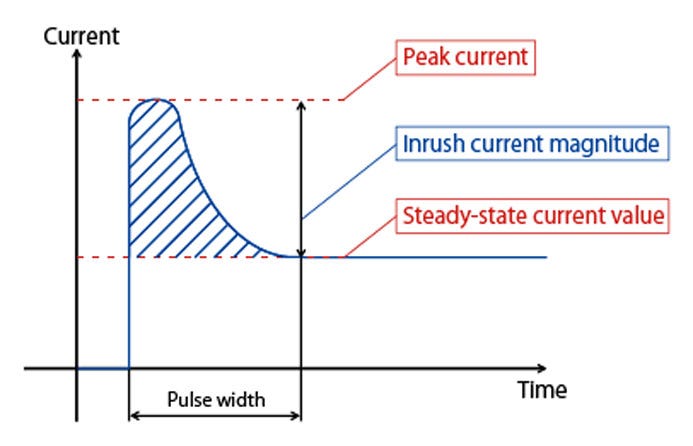Navitas: Dangerous and Obscure Specialty Switching Regulator Company
Maybe the press release is legit...
Irrational Analysis is heavily invested in the semiconductor industry.
Please check the ‘about’ page for a list of active positions.
Positions will change over time and are regularly updated.
Opinions are authors own and do not represent past, present, and/or future employers.
All content published on this newsletter is based on public information and independent research conducted since 2011.
This newsletter is not financial advice, and readers should always do their own research before investing in any security.
Feel free to contact me via email at: irrational_analysis@proton.me
First, this is a dangerous stock and 99% of you should not touch it.
I lost around $1.5K day-trading this ticker off an announcement that they might be supplying power semiconductors for some of the Nvidia Rubin racks.

Doug’s initial gut feeling is correct. But… what if the engineering suggests otherwise…
Again, NVTS 0.00%↑ is a very dangerous stock.
Mostly interested in writing about niche power semiconductors.
Contents:
Basic Technical Info
What does Navitas do?
Is this shit real?
[1] Basic Technical Info
For a general technical primer on switching regulators, check out this old post.
Primer: Switching Regulators and VRMs
Irrational Analysis is heavily invested in the semiconductor industry.
In short, switching regulators (typically) convert high voltage DC into a lower voltage DC in an efficient manner using a chonkey transistor and some analog filtering.
Switching regulators add noise. It’s intrinsic to the concept.
Here is a great example:
Yellow is input DC voltage to the switching regulator. (clean)
Purple is the output DC voltage of the switching regulator with some nasty AC noise.
Green is the filtered (cleaned up) voltage to whatever this system is supposed to power.
Despite the noise issues, switching regulators are very attractive because of their high conversion efficiency. The efficiency curve always looks something like this.

This particular MPWR 0.00%↑ “60 amp” switching regulator has optimal efficiency at 15A load current. In fact, the efficiency is crap at 60A.
It is very common for power delivery network designers to over-build the system to deliver better efficiency at typical load, while adding safety margin.
Modern switching regulators are expected to have a wide variety of standard safety features. The alternative is accepting the risk of components going kaboom or self-immolating or frying your expensive GPU.
[2] What does Navitas do?
Navitas makes switching regulators out of specialty materials such as Gallium Nitride (GaN) and Silicon Carbide (SiC).
Their website does a great job of explaining the technical reasons behind these materials.
Also,
of has several great posts on semiconductor material science and power semis.Navitas claims that their GaN switching regulators have special and exclusive safety features.
I understand how to read oscilloscope output. This is an impressive demo.
Zero information on what temperature these tests were conducted at unfortunately.
When you turn a chip on, there is some inrush current.
As the chip operates, it draws variable current/voltage/power which places strain on the switching regulators.
Bad switching regulators cause performance stability and can even fry your expensive GPU.

The investment case for Navitas is simple.
They **CLAIM** to have GaN switching regulators with sufficient safety features that make them viable in datacenter applications.
[3] Is this real?
Let’s go through a public GaN switching regulator datasheet from Navitas.
I picked the one with the lowest RDS_ON. Lower number mean better efficiency.
There is an option to order QEC-Q100 Grade 1 parts. So this thing can handle -40C to +125C operating temperatures. Nice.
Normally, the datasheet has a load current vs efficiency plot that uses some assumptions for output filtering capacitors and temperature. RDS_ON depends on temperature.
Navitas does not have the plot I am looking for. They do have a press release on efficiency.

97.8% efficiency is meaningfully better than the competition. Monolithic Power’s best parts get 95% efficiency under ideal conditions.
This 100A rated high-end MPS part gets 95% efficiency at 30A load current and 25C ambient temperature with an external 3.3 Vcc. Obviously, an external 3.3 Vcc will harm overall system efficiency.
Normally, I would give Navitas a hard time for not including the standard efficiency plots… but their public datasheets contain all the detailed information needed to calculate efficiency of a hypothetical system yourself.
The safety features are also clearly explained. They are upfront about limitations.
Overall, I am very impressed with the Navitas datasheets. If I was to give a letter grade for ”completeness of information”, I would give MPWR 0.00%↑ an A+ and NVTS 0.00%↑ a A-.
I think Navitas may have something.
Note: No position in Navitas at the time of writing. Very small long position in Monolithic Power and the time of writing.























What made you change your mind on $MPWR? You claimed they have no moat and 3 engineers could do what they do.
It does sound pretty good indeed. My question is: has any larger player or supplier of one bought or licensed their tech? If Navitas can name or, better, be confirmed as a supplier or IP licensor by at least one reasonably well-known company out there, Navitas' share value would jump. Until then, it's really more a toss of the dice.